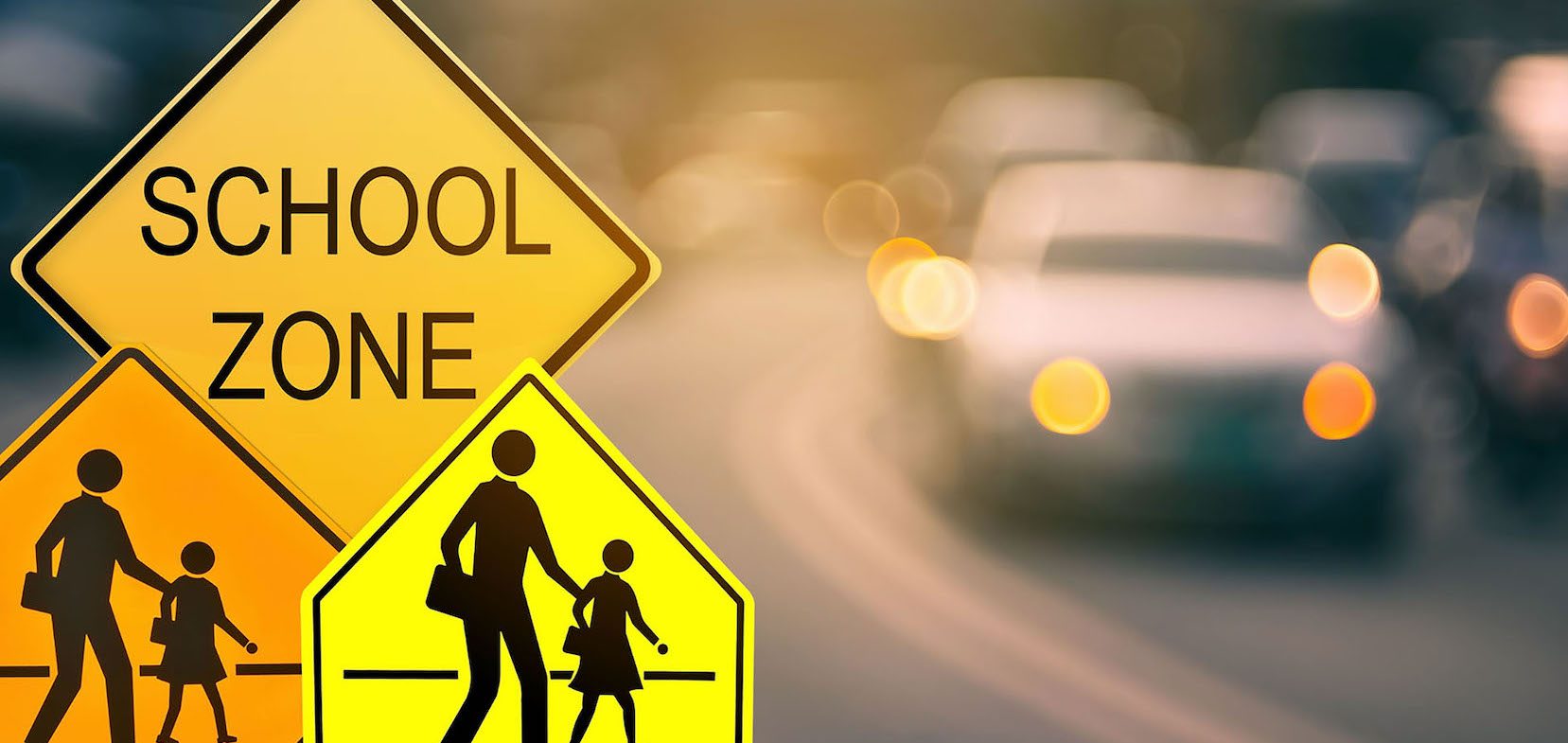School Will Soon be Back in Session, and so Will Distraction
Cambridge Mobile Telematics Releases 2019 Back to School Driving Data

After three months of dangers, delays and distractions, the 100 deadliest days of summer driving are finally coming to an end. Over the next few weeks, Americans will begin trading in sunscreen and bathing suits for uniforms and backpacks. However, school supplies and new clothes shouldn’t be the only thing top of mind of parents. A new season brings new dangers on the roads, and drivers need to equip themselves and their children with the tools and knowledge needed to avoid dangerous driving habits.
According to AAA, more than 55 million students across the U.S. are heading back to school this fall, with 13 percent of those typically walking or biking. With this insight in mind, we analyzed more than 50,000 drives to uncover distracted driving trends and patterns in school zones and their surrounding areas.
Morning Dangers
Early start times at schools do not bode well for the roads. Mornings see some of the most congestion and distraction than other times throughout the day. We found that the morning in particular is one of the most dangerous time to be driving or walking within a quarter mile of a school zone and its surrounding area.
The Five Most Dangerous and Distracted Cities
From the Pacific Coast Highway to the Empire State Building, we uncovered the five most dangerous and distracted school zones in the U.S.: Honolulu, Los Angeles, New York, Philadelphia and Savannah.
School is in Session, and so is Distraction
There is a clear correlation between the increase in distraction and the start of the school year. For our analysis, we compared July to September (non-school month vs. school month), and uncovered a 5 percent increase in trips with distraction (2,500 trips in total).
New Drivers to Blame?
We found that high schools experience the highest amounts of distraction. This staggering finding sheds light on increased distraction as teenagers who are addicted to technology get behind the wheel.
Despite these issues in distraction and speeding, there are solutions available to improve driving behavior. We work with the leading insurance companies to launch programs for consumers and fleets to reduce crash risk. Our DriveWell platform analyzes mobile sensor data and ground truth from the DriveWell Tag, and then scores drivers on phone distraction, excessive speeding, hard braking, harsh acceleration, and hard cornering. Some of the programs using the DriveWell platform include Drive Safe & Save™ by State Farm and RightTrack® by Liberty Mutual.